We recently connected with Maggie Mather and have shared our conversation below.
Maggie, thanks for taking the time to share your stories with us today Did you always know you wanted to pursue a creative or artistic career? When did you first know?
The first time I had my art publicly displayed was the moment I knew I wanted to be a professional artist. After my second term of grad school with the University of Denver’s Emergent Digital Practices program, I was invited to participate in a group show curated by Emilie Trice, a graduate of the program. I’ve learned a lot since I was invited to participate in this show, but sometimes the art you make when you don’t exactly know what you’re doing yet can produce interesting results. I ended up displaying an 8-bit video game I’d just finished developing called “Museum of Selfies.” The content of the game was deeply personal – reflecting on my relationship with social media and the range of toxic experiences I’d encountered while using these apps. The show installation included a laptop and a projector display – visitors could sit at a desk and play the game with the projector displaying their play through on a wall. Throughout the show, I had people who either played the game or watched someone else play it come speak to me about how relatable they found it. This was a revealing moment for me, to realize that something I’d made to reflect my own life experiences could speak to other peoples’ life experiences as well. It’s one of those happy accidents that happen when you’re first making art. That show is what gave me the confidence in my own creative voice to seriously pursue art professionally.
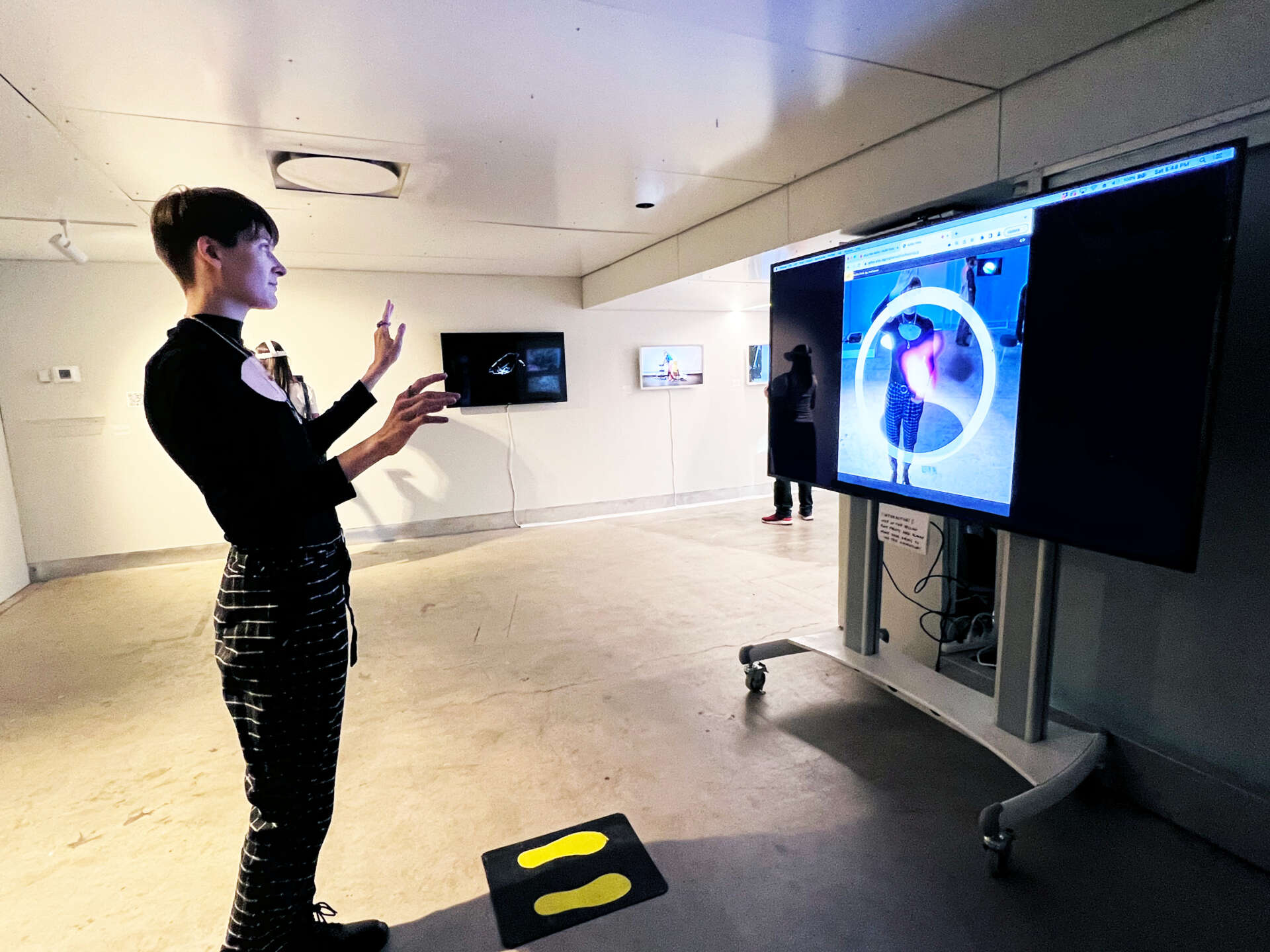
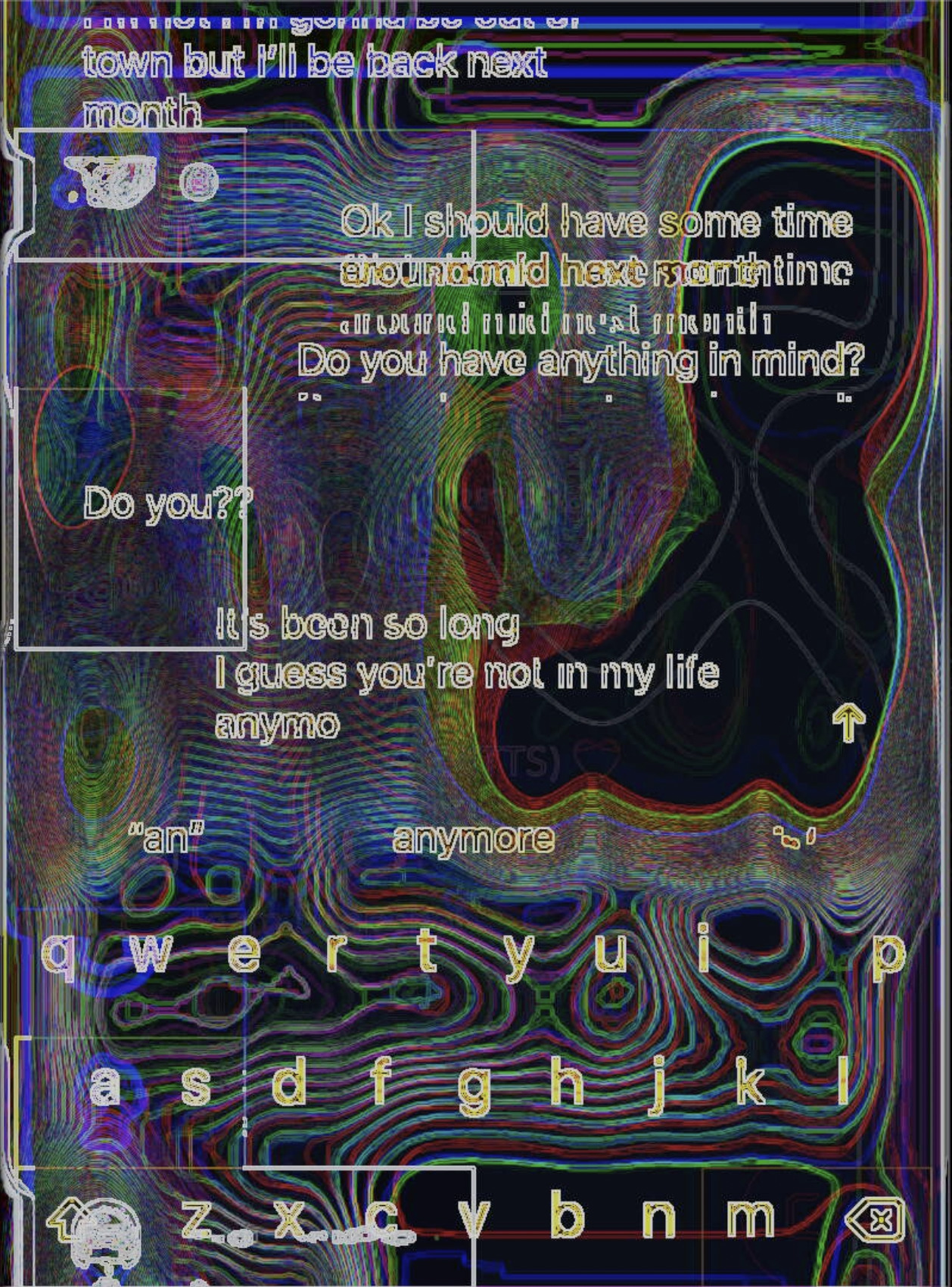
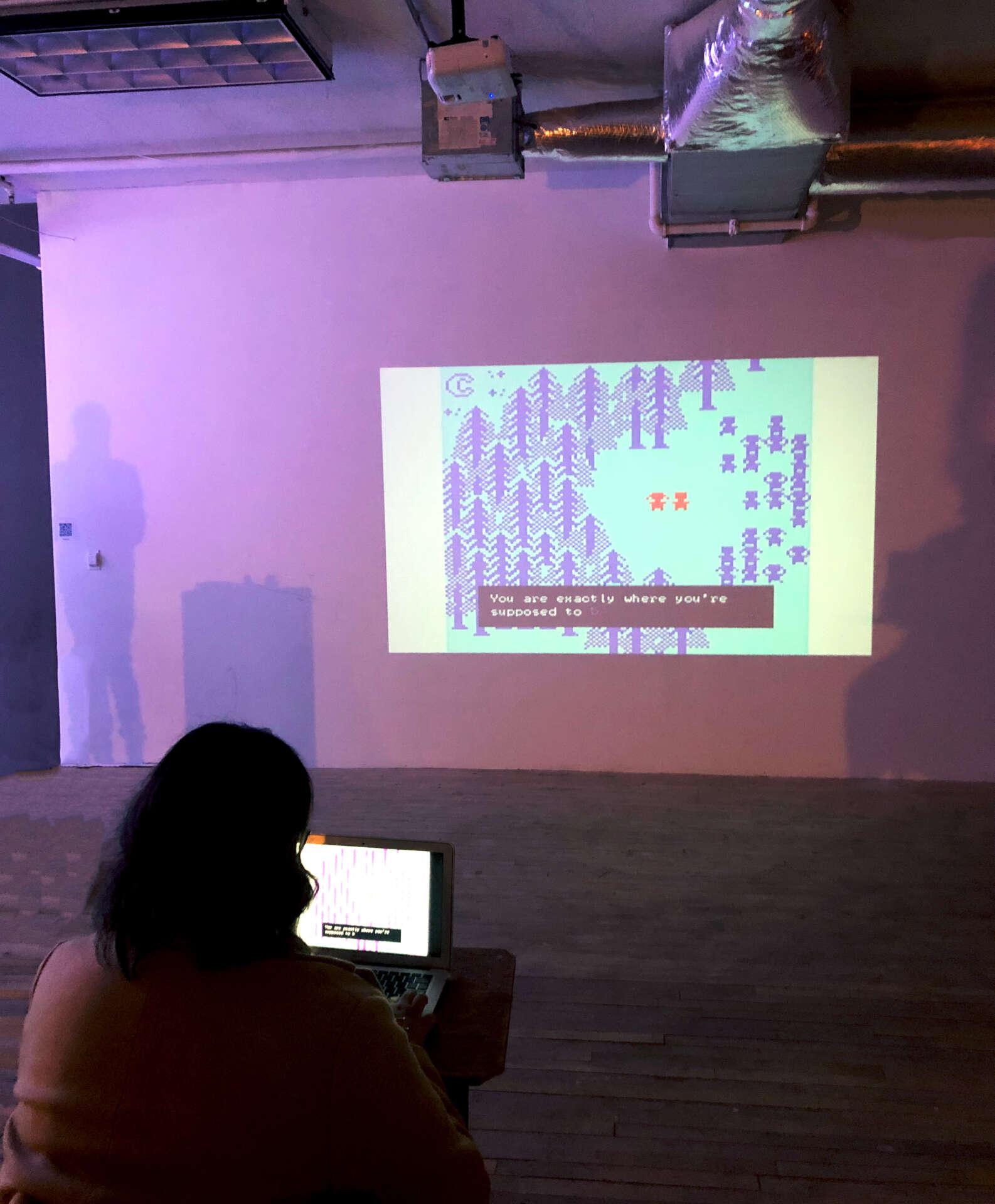
Awesome – so before we get into the rest of our questions, can you briefly introduce yourself to our readers.
I was born in Colorado, but like to describe myself as “a Colorado native – not one of the snobby ones.” I am a 27-year-old, non-binary cat-dad who enjoys going to music festivals for the creative energy. I’ve been practicing various forms of art my whole life and started focusing on digital art about 5 years ago. I was accepted to pursue a MFA from the University of Denver’s Emergent Digital Practices (EDP) program in 2021. Since then I’ve been working and practicing as a creative professional. The EDP program introduced me to creative coding, which continues to inform my professional practice. My workflow involves a collage of software and code coming together at asynchronies stages to produce works of art that art often pixel based, always plural in their results. I consider myself a new media artist, which refers to an art practices informed by emergent digital tools including AI, AR/VR, 3D scanning and printing, and visual programming. I combine various aspects of these tools in my practice – creating interactive installations, abstract animations, real-time audio-visual performances, narrative-based video games, generative digital illustrations, and digital fabrications including 3D printing and pen plotting.
I love live music, and I’ve always had a huge degree of respect for VJs who control the visuals during live shows. I started practicing as a VJ artist at the end of 2022. I recently started doing audio/visual performances with my friend and collaborator Austin Slominski. Austin and I share the same collaged code/software creative workflow, so performing with him is an absolute dream. For our first performance, we were stationed on opposite sides of a room, not really considering that a crowd of people would be in-between us when the performance started. We were transmitting his audio signal across a virtual network to my computer… it was kind of stressful setting it up like, “okay, here it goes, I hope this works!” During the performance, it felt like we were transmitting virtual brain signals to each other across the room in addition to his audio signal, that’s the only way I can describe it. There were some truly magical moments where we were both locked in and had some serendipitous overlap with our decisions. We’d programmed a lot of stuff to be audio reactive, but a lot of it was improvised on both our parts. Being able to have that kind of trust with someone, and have it turn out successful, is really special.
My public facing installations often turn a screen into a mirror, creating a digital display of viewers as they interact with the art. These installations often provoke viewers to move their bodies in interesting ways, calling attention to their embodied experience. These pieces ask viewers to consider how their perception of themselves changes when viewing their reflection on a digital screen. As a non-binary person, my relationship with my self-image is fluid, sometimes euphoric, sometimes painfully dysphoric. Digital mirrors provide a space where one’s reflection can shift from recognizable to distorted instantaneously. I enjoy watching viewers interact with these spaces, seeing the range of excitement and discomfort in their responses, inviting them to celebrate the fluidity of the experience.
Much of my art is informed by my identity as a trans non-binary person, and in light of the recent crusade of anti-trans legislation in this country, I’ve been emboldened to speak more directly to the violence that my community faces through my art. I was recently commissioned by Denver Digerati to create an animation in support of the trans community for public display. This opportunity was a huge honor, not just knowing my work would be shared publicly, but realizing that I was being trusted to speak up for my community. I’ve spent a lot of my adult life feeling helpless in the face in injustice – this moment was huge for me in giving me the power to do something. The animation I created is entitled “BELONG,” and depicts a group of abstract figures, their bodies decorated with trans pride colors. I had just finished an animation about trans joy, and working on “BELONG” allowed me to extend these feeling further, thinking about community, solidarity, liberation. It was a really emotional piece to get to work on. One of those “I can’t believe this is really my life” moments.
I love getting commissioned to do deeply personal projects, but doing any design project is a fun puzzle to work through. I was commissioned to be the graphic designer for the 2022 Denver Start-Up Week. This was the biggest paid design gig I’d had to date, and it was an incredible experience. I really tried to incorporate my visual programming skills that I’d learned in grad school in my 2D illustration work. This was the first moment that I felt like I was learning how take creative liberty with the skills I’d learned and it was such a fun challenge to approach illustration this way. I ended up with content that felt truly unique to my style, which is something I’m still really grateful that I had the freedom to do. Getting to see my art on 10 foot posters all over Denver is something I still don’t think I’ve fully processed. The Denver Start Up Week team are absolute legends to work with, it was such an honor to get to be part of the event.
What do you think is the goal or mission that drives your creative journey?
I’ve always been deeply passionate about social justice and the power of education. I believe that art at its best has the ability to inform a viewer about a perspective different than their own. I try to make my art interactive as often as possible, inviting the people who encounter my art to shift from viewers to participants, sometimes even inviting them to take on the role of performers. I believe that art can be a neutralizing space, allowing people to put aside differences and find common understanding. However, I also believe that art can be an activating space, allowing people whose voices are often overlooked the chance to articulate their lived experience. As a trans non-binary artist, it is difficult to look at the current moment – of rising anti-trans legislation nationally, rising hate and oppression globally – and not try to articulate my emotions through my work. I’ve been very lucky to have the space to do this – support from professors in my department and support from organizations like Denver Digerati who are committed to making space for gender queer artists – and I feel acutely aware at all times of how many people in this country, how many artists in this country, are not able to express themselves the same way. Continuing to make sure there is space for us – trans, non-binary, gender queer people – is a huge driving force behind the work I create.
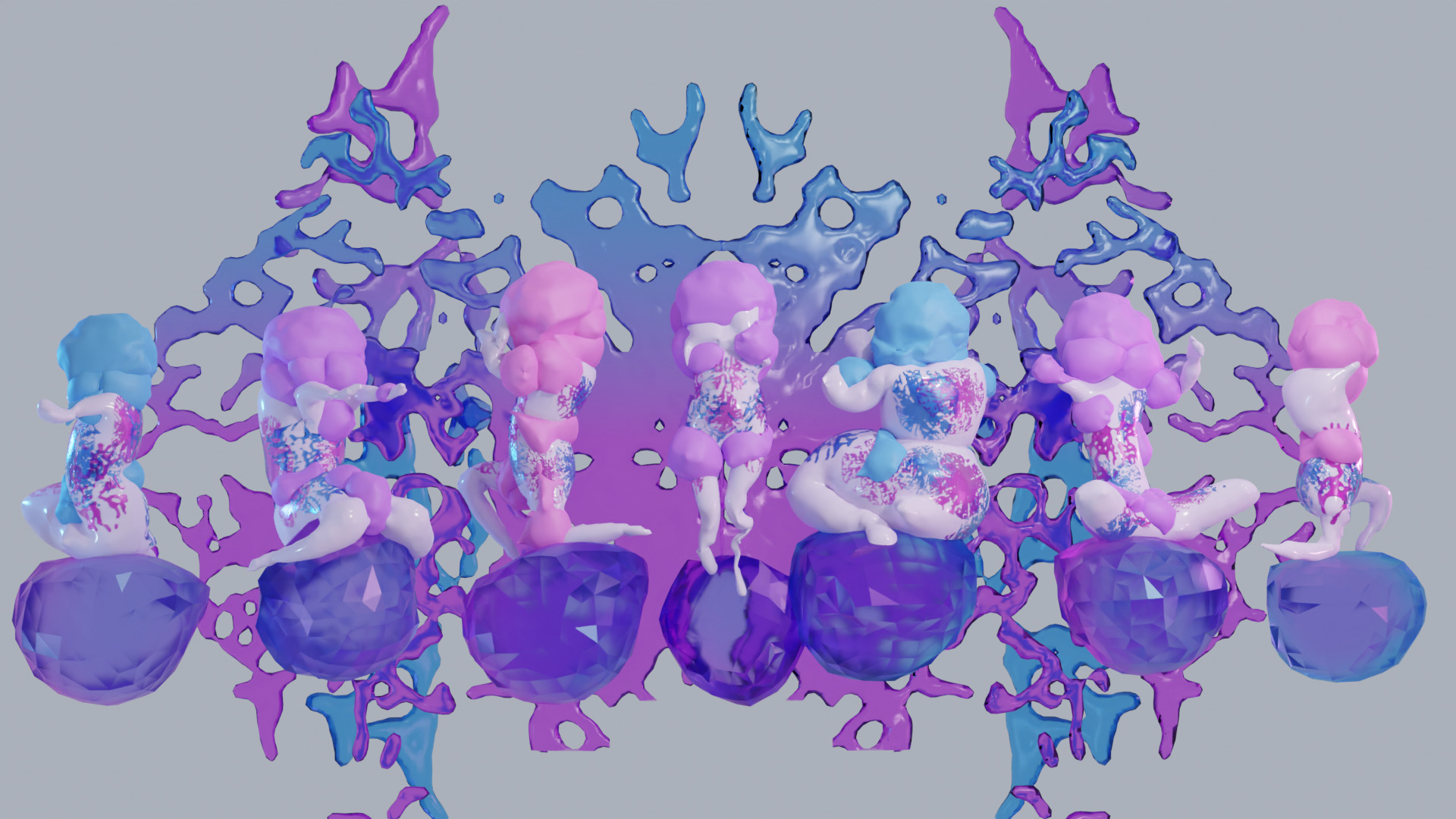
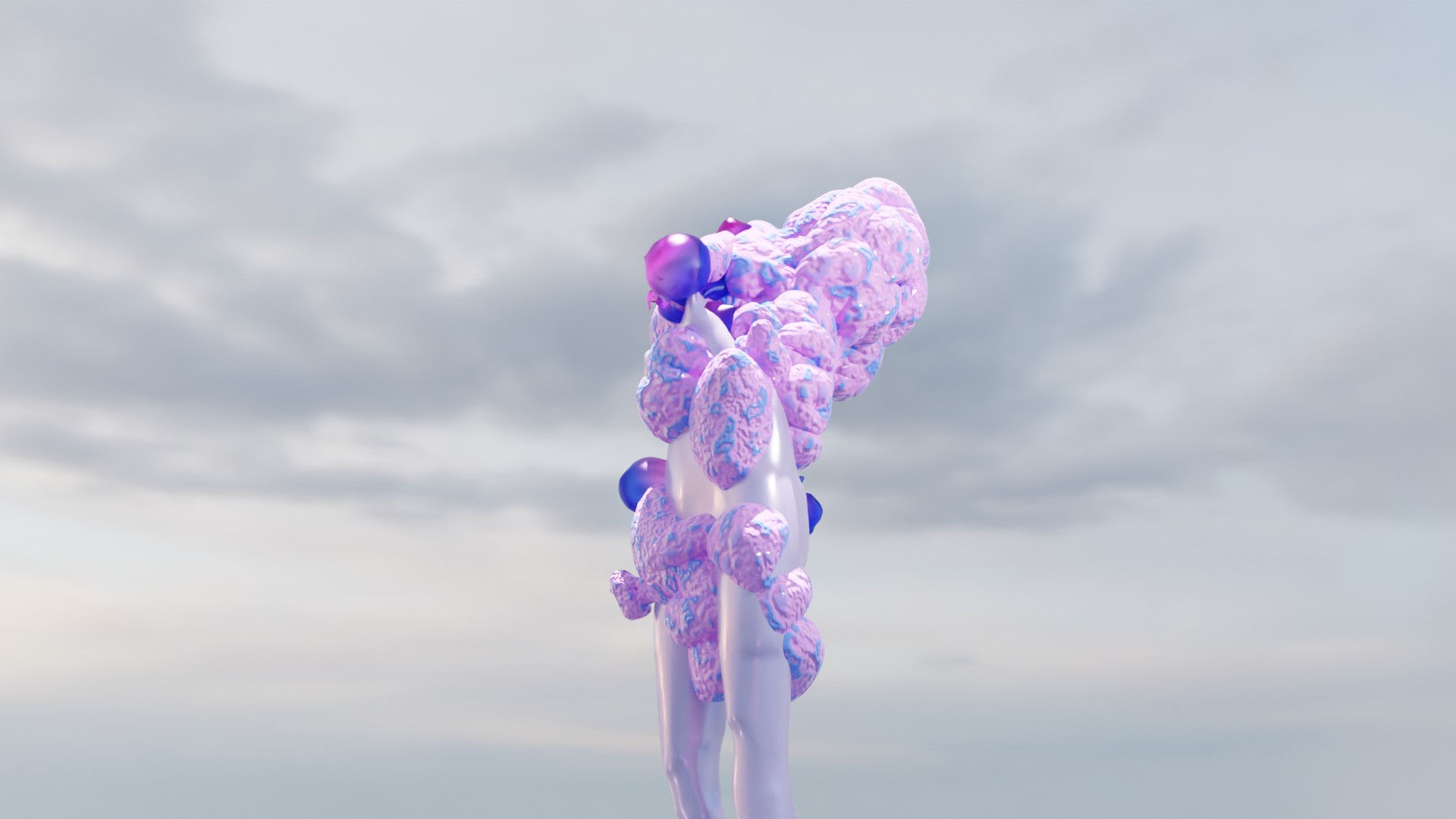
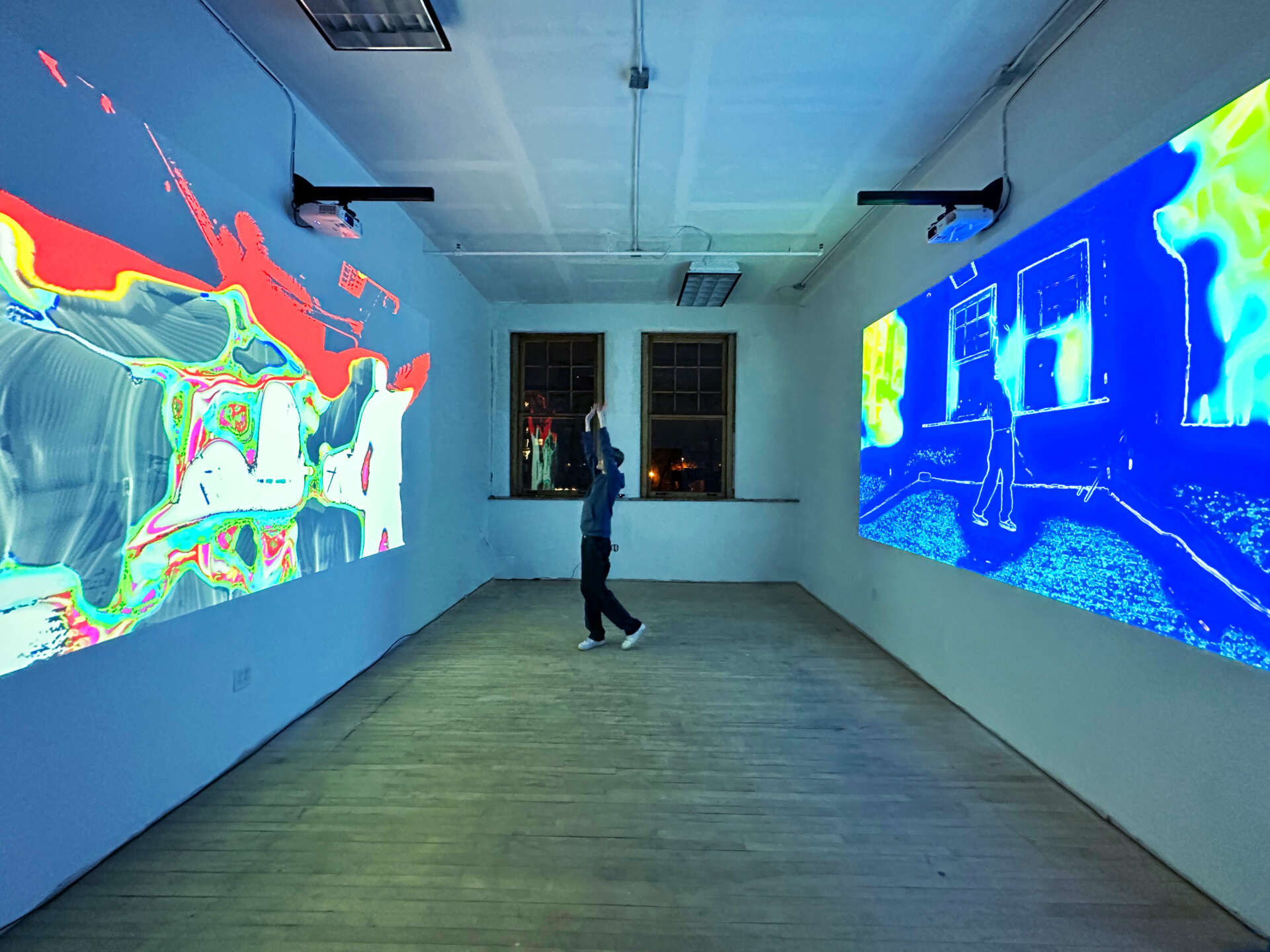
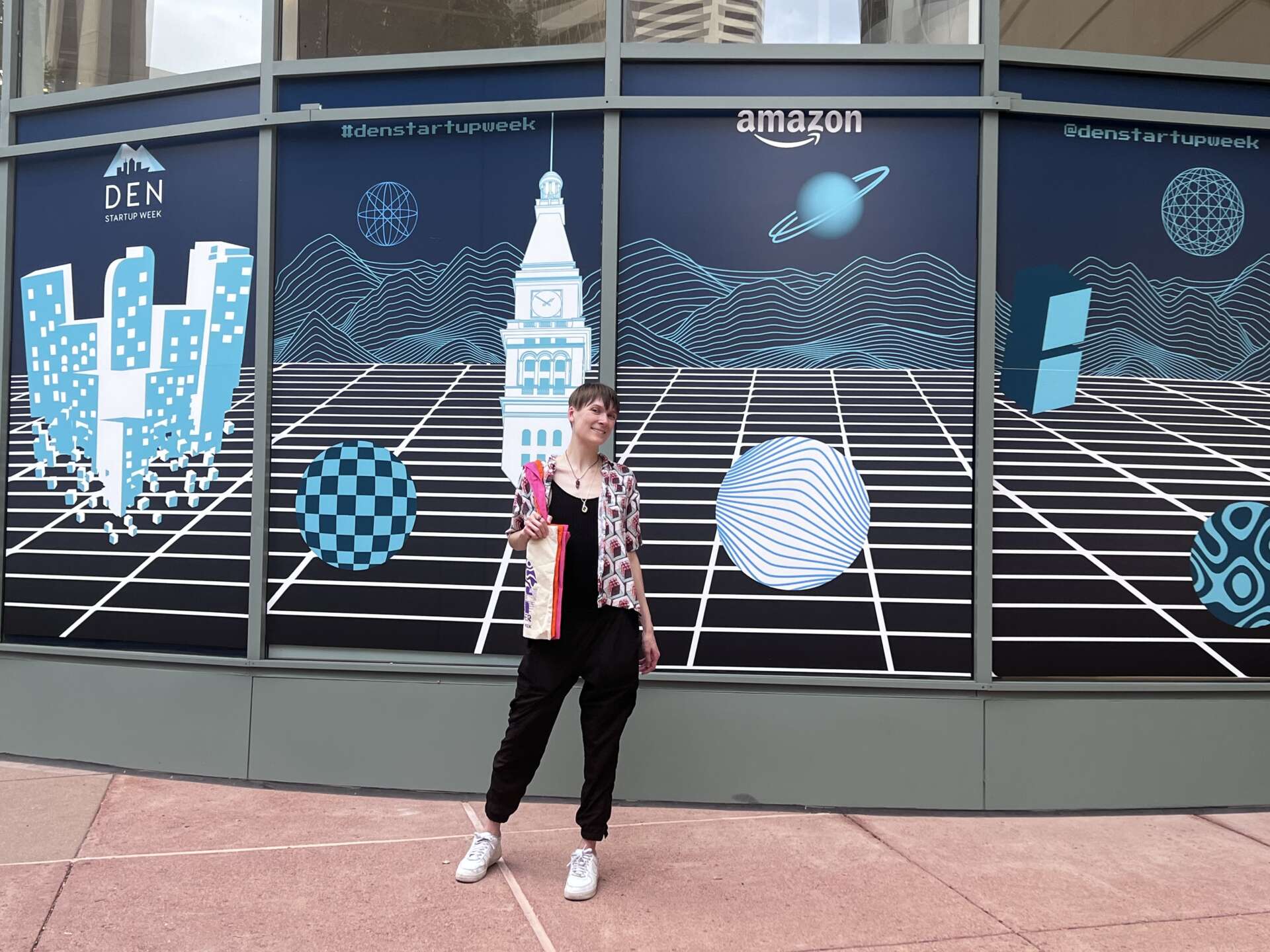
Any resources you can share with us that might be helpful to other creatives?
I would have started exploring new media art, especially coding, a lot earlier if I’d known about the philosophy behind the open source community. A lot of the software I use is open source, meaning its source code is available publically and users can easily make adds on to augment the software. Additionally, there’s a lot of public documention available about these tools, and it makes it a lot easier to learn them. The open source mentality is that information that can be helpful to other people should be readily available and free. Using open source libraries has allowed me to learn a lot in a short amount of time, often times about topics that were intimidating to me beforehand. I had no prior experience with coding before I starting my MFA, and although the learning curve can be challenging, I’ve been able to learn a lot through freely available information online. It’s something I wish I’d known about a long time ago.
Contact Info:
- Website: https://www.maggiemathercreations.com
- Instagram: https://www.instagram.com/maggiemather.creations/
- Other: https://vimeo.com/user169086307


